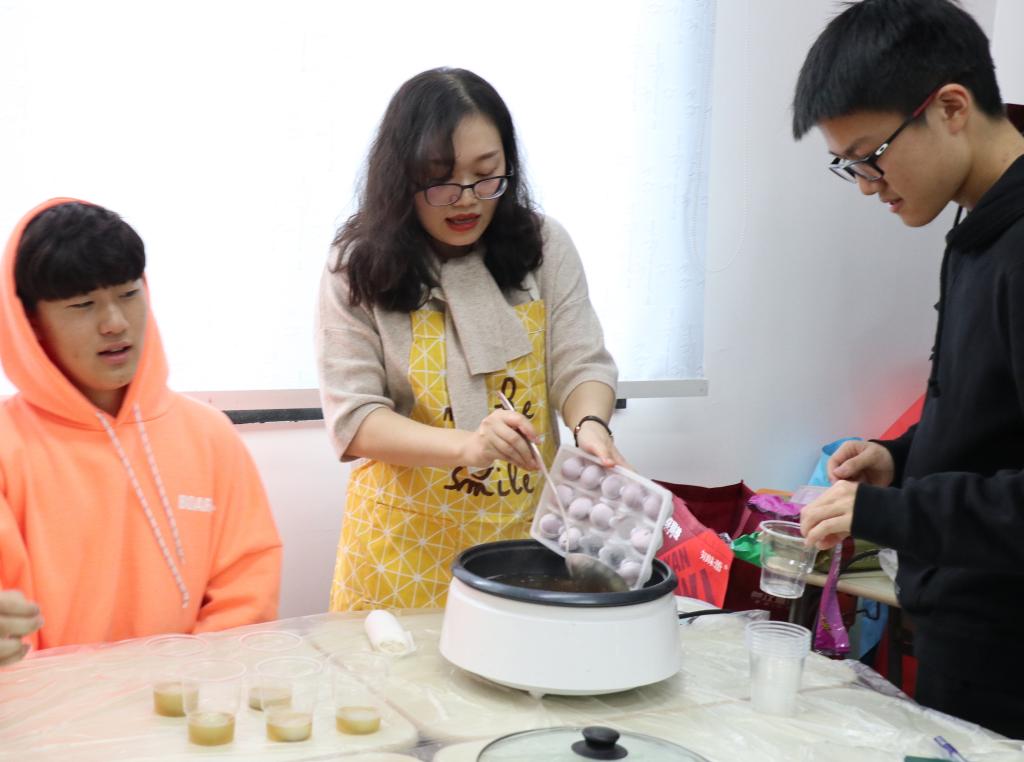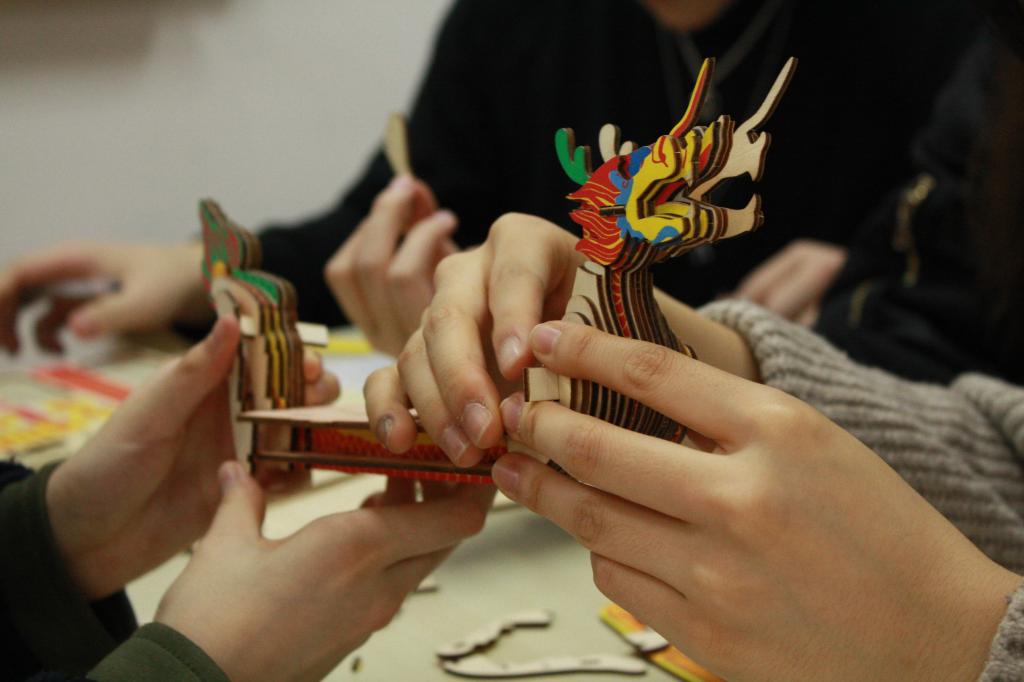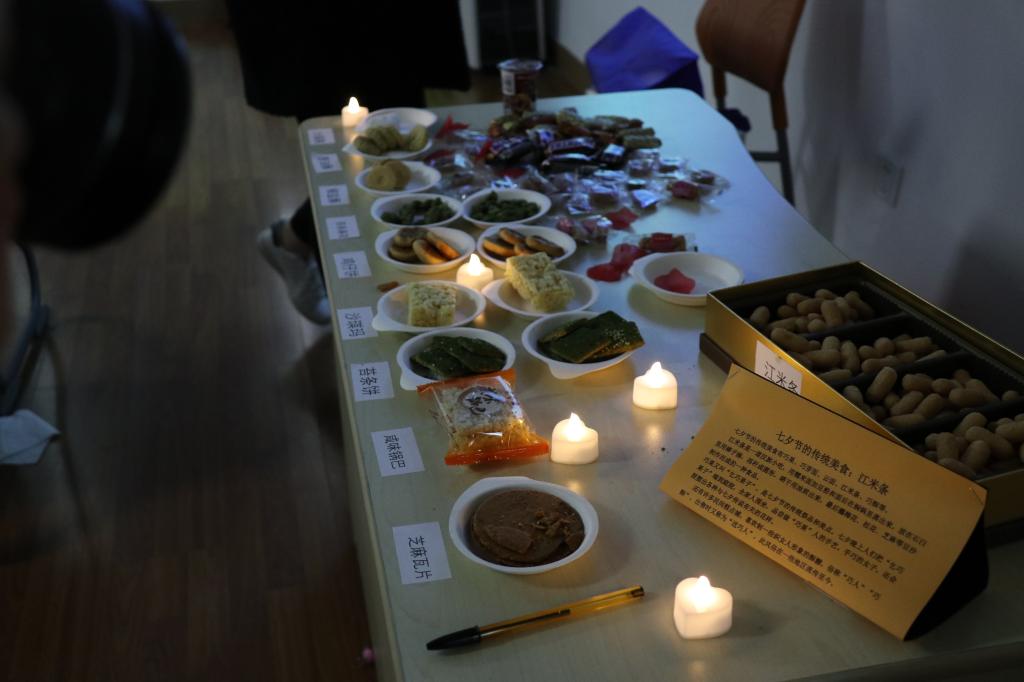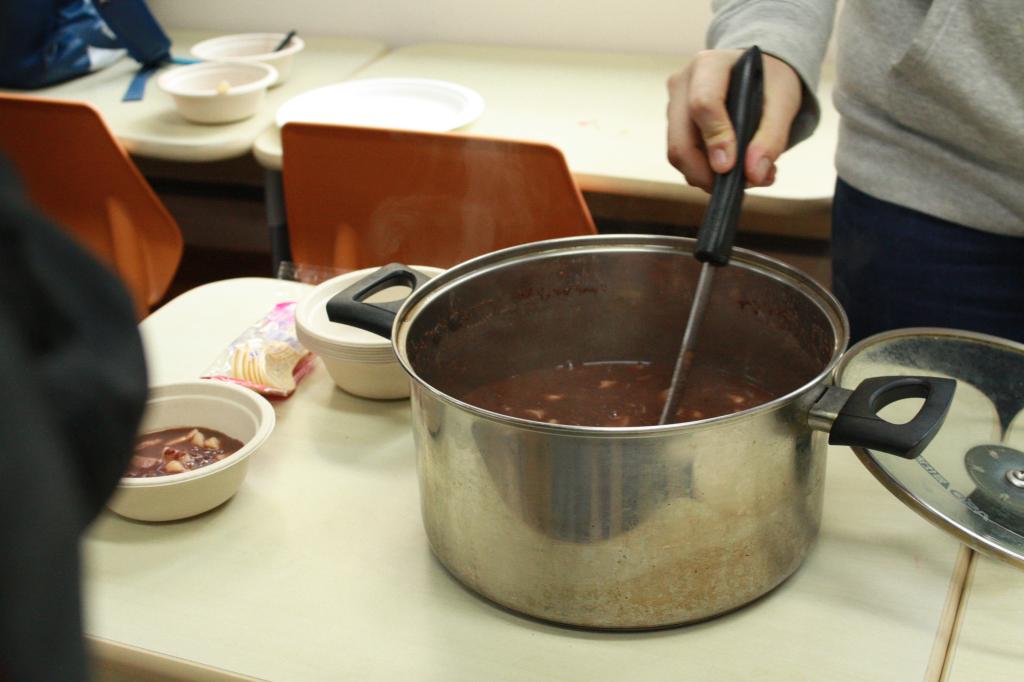-
ABOUT US
-
ACADEMICS
Curriculum Program
Departments
- English
- High School Chinese
- Primary and Junior School Chinese.
- High School Mathematics
- Middle School Mathematics
- Primary School Mathematics
- Music and Fine Arts
- Physical Education
- Physics
- Chemistry
- History and Geography
- Physical Science and Optional courses Department
- Middle School Biology
- High School Biology
- Social Sciences
- Computer Science
- Courses in Primary School
Achievements and Matriculations
College Counseling
Science & Technology Innovation Contest
-
ARTS
-
ATHLETICS
-
AT SHSID
SHSID ∣ TIMES
PTSA
Club Exhibition
- 龙吟社
- Live 2 Drama
- Choir
- Hip-pop Dance Club
- The Primary School Dance Troupe
- Symposiums Club
- Biology Workshop
- You Shan
- VEX Robotic
- Peking Opera Club
- Baseball Club
- Model United Nations
- The World Scholar’s Cup
- Future Problem Solving Club
- United States Academic Pentathlon
- OM Club
- AMC Club
- Music for Patients
- SHSID Gazette
- Smile Charity
- Cultural Moments
- SciAcademy
- Stem Doge Alliance
- Chinese Debate Club
- IAA
- Mock Trial Club
- Zhengming Club
- Art-to-zine
- Bananaheads
- Electronics
- Furry Friends
- GT-Racing
- MCG Philharmonics
- Village Radio
- IMMC Club
- Creative Design and Intelligent Fabrication
- Future City Research Project
- ECOCAP
- AdvocaSEA
- SPDC
- Medishine
- Floorball Club
- Animusic MTC
- Wings Up
Health and Wellness
Campus Safety
Cafeteria Service
-
ADMINISTRATION
-
ADMISSIONS
-
ALUMNI
Alumni Information
Honors Students
- Class of 2024
- Class of 2023
- Class of 2022
- Class of 2021
- Class of 2020
- Class of 2019
- Class of 2018
- Class of 2017
- Class of 2016
- Class of 2015
- Class of 2014
- Class of 2013
- Class of 2012
- Class of 2011
- Class of 2010
- Class of 2009
- Class of 2008
- Class of 2007
- Class of 2006
Who Studied at SHSID
SHS Foundation
-
DOCUMENTS
Grade 11 CAS:Chinese Festivals Carnival
As the winter solstice silently approaches, the nights are becoming longer than the days. During the CAS class on December 11th, Grade 11 held a carnival to celebrate traditional Chinese festivals. For this event, each class was responsible for organizing the activities and games from different festivals, including Spring Festival, Lantern Festival, Spring Dragon Festival, Dragon Boat Festival, Double Seventh Festival, Mid-Autumn Festival, Double Ninth Festival, winter solstice and many other traditional Chinese festivals. The classes also prepared traditional food and performances from their festivals.

New Year's Eve, Spring Festival, Lantern and Mid-Autumn Festivals are all important family holidays, and although this grand event only lasted for a couple of hours, many classes exhibited the warmth of family reunion present in many of the traditional Chinese festivals through interactive and engaging activities.

New Year's Eve and the Spring Festival mark the end of one year and the beginning of another, which often carries strong significance for most Chinese people and makes family reunions more precious. Moreover, the class that showcased the Mid-Autumn Festival also brought mooncakes, incorporating the diverse tastes of northern and southern China. For example, there are sweet lotus seeds and ormosia mooncakes in the north, while salty egg yolk mooncakes are predominantly found in the south. Students enjoyed watching the entertainment as well as learning more about the depth of Chinese culture in these delicacies and games.

The Dragon Boat Festival, Spring Dragon Festival, Double Seventh Festival and Double Ninth Festival were also presented by a number of classes who provided intriguing activities.

Many students were impressed by the rowing performances of the Dragon Boat Festival and the romantic story “the Cowherd Weaver Girl” of the Double Seventh Festival. Dragon Rising, which occurs on the second day of the second lunar month, and the Double Ninth Festival were presented using unique traditional tea, dim sum, and the historical contexts associated with these festivals.

During the CAS class, the Xianmian Building was filled with a variety of festive Chinese style music, and different classrooms carried many unique yet attractive fragrances, such as reed leaves, glue pudding, and rice cake. All of these uncommon and reminiscent experiences that students had during this event not only provided entertainment in the midst of learning, but also expanded their understanding of traditional Chinese festivals and Chinese culture in general.

(Written by Emilie Zhao Pictures by Esther Zhang, Yuki Peng Supervised by Cheer Zhang)